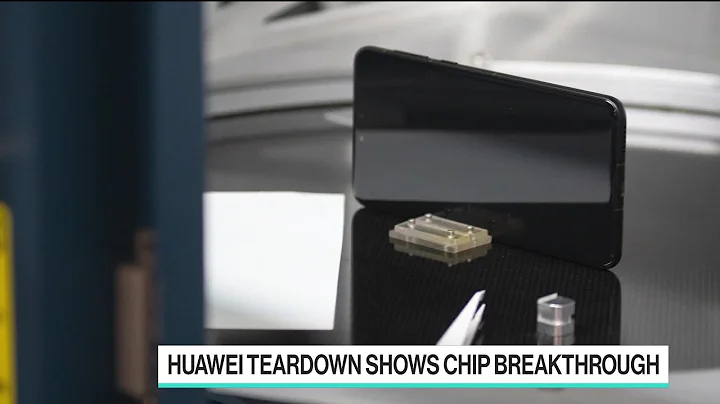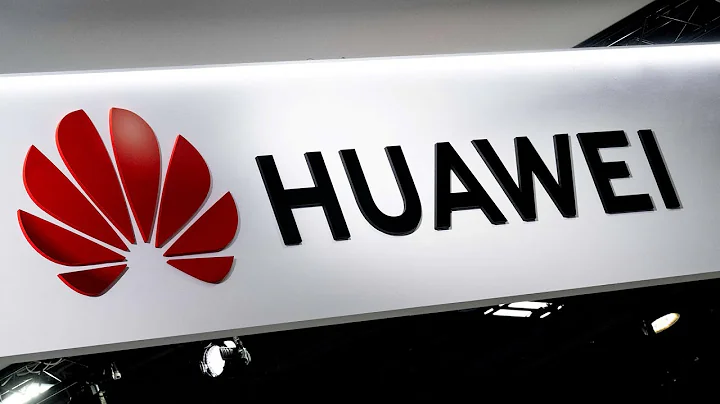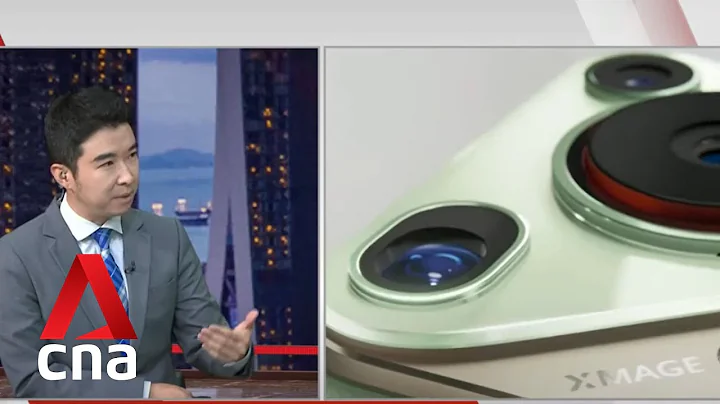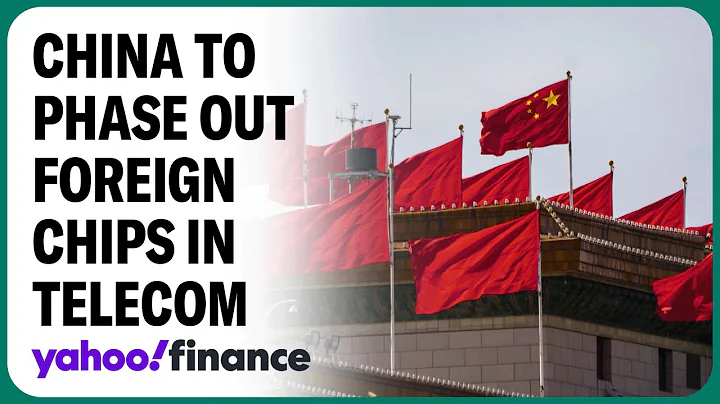China's two major chip companies Huawei and Xiaomi both held press conferences last night. Huawei focused on automobiles and imaging technology, while Xiaomi focused on three chips. They continue to make efforts in the chip industry and provide American chips. It was hit hard, causing U.S. chip prices to plummet.

Xiaomi last night introduced ThePaper C1, ThePaper G1, ThePaper P1 and other chips as core technologies, getting involved in the imaging chip and charging chip industries, breaking the gap in the industry, and pushing mobile phone imaging technology and charging technology to a new historical height.
The industry believes that Xiaomi now chooses to focus on this type of dedicated chips, which can effectively accumulate chip development technology and be more pragmatic. In this way, it is more hopeful to return to the technical development of mobile phone SOC chips in the future. After all, the technical development of mobile phone SOC chips is difficult. It's very big. This can be seen from the repeated setbacks in the development of baseband chip by , apple , and Xiaomi's approach of starting with the easy and then the difficult has a better chance of making a breakthrough. After
made a breakthrough in chip technology research and development, Xiaomi announced that its technology research and development investment will skyrocket from 22 billion to 100 billion. It continues to invest in chip research and development with huge capital investments, and the number of technology research and development engineers it recruits is also growing. It can be expected that Xiaomi The Pengpai series of mobile phone SOC chips will meet consumers sooner or later.
Xiaomi’s efforts in chip technology research and development can be said to be the representative of China’s chip industry. In recent years, China’s technology industry has fully realized the importance of chips. Therefore, thousands of chip companies have emerged in the past few years, involving more than 100 chip industries. , with their efforts, China’s chip industry has entered a stage of high prosperity.

A few years ago, the chips used in Chinese mobile phones were not only high-end mobile phone SOC chips that needed to be outsourced, but even low-end power management IC chips had to rely on American chips. The proportion of American chips once exceeded 70%. Thanks to the efforts of Chinese chips, domestic chips are gradually replacing American chips.
Huawei, Xiaomi, etc. have successively developed the power management chip . Later, vivo, OPPO, etc. also joined in the research and development of imaging chips. Their success in chip technology research and development has promoted China's mobile imaging technology to continuously break the bottleneck. Nowadays, Chinese mobile phones have A frequent visitor to the No. 1 camera evaluation software DXOMARK, it has reached the world's leading level in fast charging technology at 140W. In contrast, Apple's fast charging power is only 30W at its highest, which is only one-quarter of that of Chinese mobile phones.
The P50 Pro released by Huawei last year was unable to support 5G due to the lack of domestic 5G radio frequency chips. Since this year, Fuman Micro, Zhuosheng Micro and others have successfully developed 5G radio frequency chips. It is said that Huawei mate50 is likely to use domestic 5G radio frequency chips. Breaking the US monopoly on 5G radio frequency chips.
Thanks to the efforts of many chips in China, the self-sufficiency rate of domestic chips has now increased to 36%. The number of imported chips dropped significantly by 24 billion in the first four months of this year, which means that the self-sufficiency rate of domestic chips is further increasing. China purchases 60% of the world's chips. The self-sufficiency rate of domestic chips continues to rise, which has severely damaged American chips.
Earlier this year, U.S. radio frequency chip companies Qorvo and Skyworks were criticized by well-known Apple analyst Ming-Chi Kuo for having high inventories. Recently, the leading U.S. analog chip leader was reported to have high chip inventories and had no choice but to cut prices by 90% and sell off, highlighting the large-scale use of domestically produced chips. After mass production, American chips have become unsalable and prices have plummeted.

From two years ago, American chips were sold without any worries to now begging Chinese companies to buy them. The changes have been so rapid that they probably did not expect them at the beginning. All this is due to the joint efforts of the Chinese chip industry. We can expect Chinese chips in the next few years. We will continue to work hard, and there is great hope that domestic chips will achieve a self-sufficiency rate of 70% by 2025. By then, it is estimated that American chips will be even more difficult, right?





















